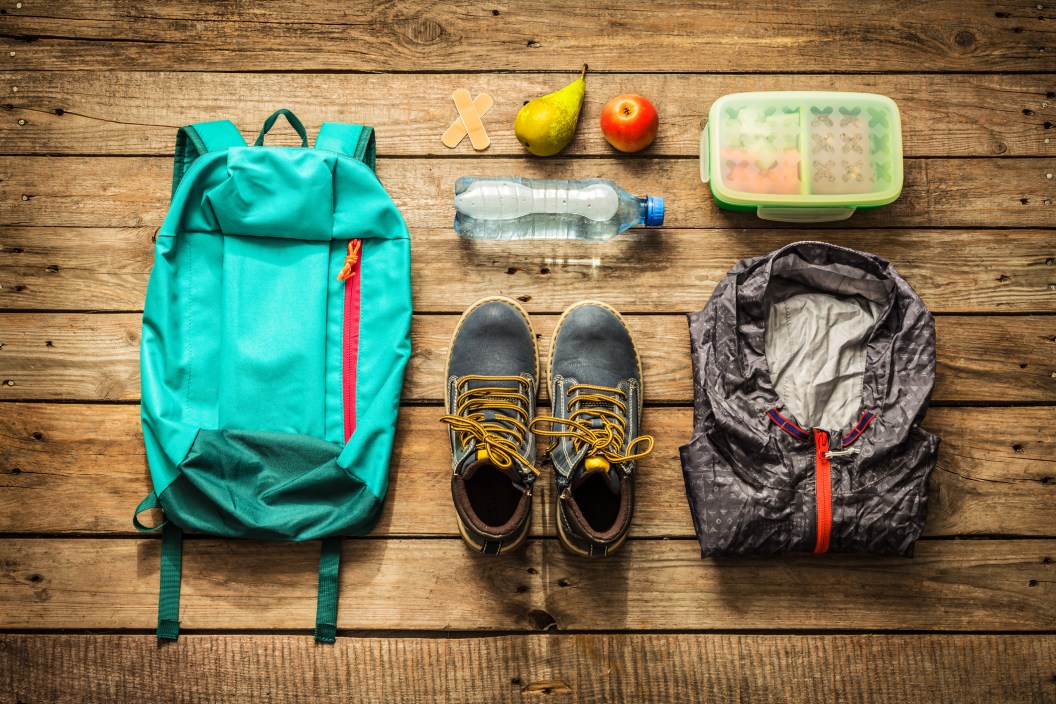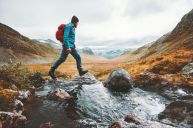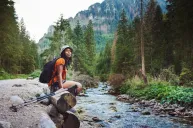New hikers might have lots of enthusiasm for getting out on the trail, but when it comes to what hiking gear to pack, it's hard to know what you'll really need. There are 10 essentials for hiking you should always carry in case of an emergency, and we've added three other pieces of hiking equipment—including a hiking pack and hiking boots—to the list that'll ensure you're comfortable and equipped for the trek ahead.
How much of each item you'll need, like water and food, depends on how long of a hike you're going for. Other hiking essentials, like necessary clothing, depend on the time of year and area you're headed out to explore. When fully packed, your day hiking backpack should be equipped to handle whatever challenge the hike ahead might, and yet light enough not to weigh you down.
This handy hiking checklist can help newbies break through the bologna and know exactly what belongs on a day hike packing list.
1. Plenty of Food
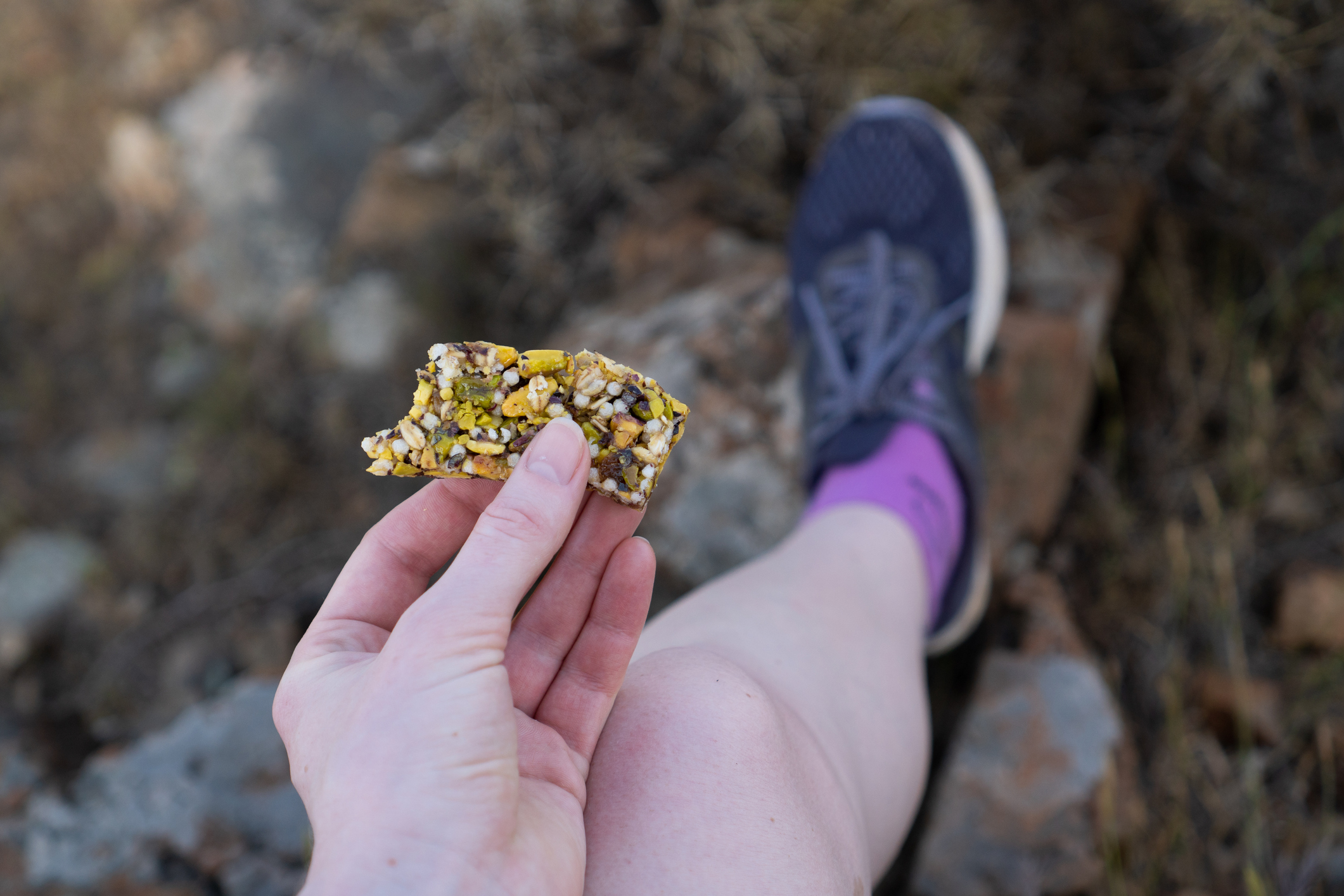
Natalina Karabin/Getty
You need hiking snacks first and foremost to sustain your strength and energy on a hike, so you want to bring enough fuel to resupply your energy depending on how hard of a hike you're doing. But you should also bring extra food just in case you get lost or the hike ends up being harder or longer than you thought.
The best hiking snacks are going to be stable, lightweight foods such as dehydrated fruit, energy bars, or trail mix. Stashing packets of honey are a great insider trick for a quick sugar source for an energy boost or to help in the case of a blood sugar dip.
2. Plenty of Water
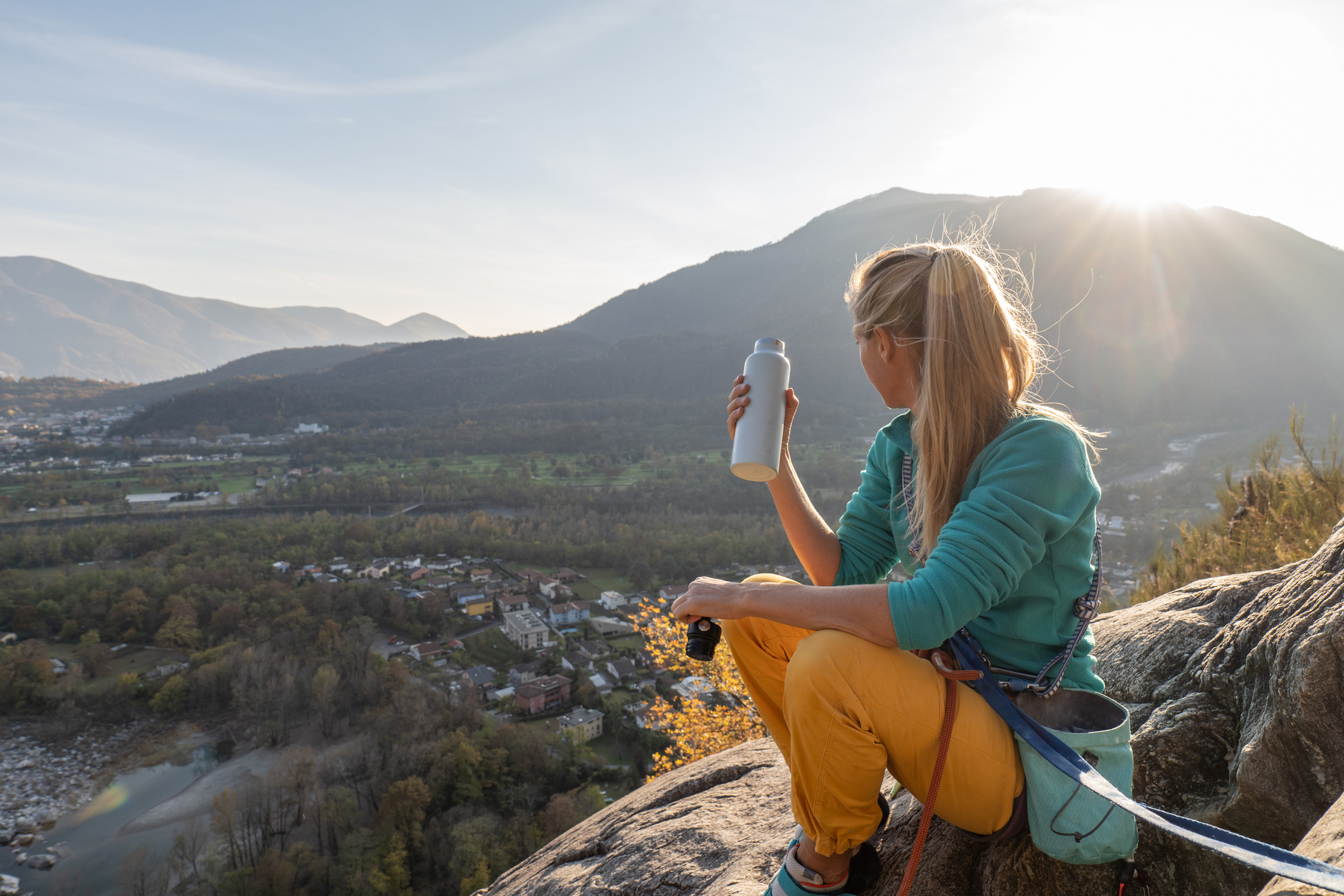
swissmediavision/Getty
Hydration is one of the most valuable—and under-valued—aspects of hiking. Getting dehydrated on the trail can quickly lead to trouble, and we often underestimate how much water we'll actually need once we're out on the trail, under the hot sun or at dehydrating elevation. Bring a big water bottle or a hydration bladder.
A good rule of thumb is that most people need about a half-liter of water per hour during moderate activity in moderate temperatures. Factor in expected exertion levels, altitude, and temperature. Carry extra water if possible.
In addition, hikers in the backcountry should carry a method to purify existing water from a wild source, such as a water filter or water purification tablets.
2. Necessary Layers
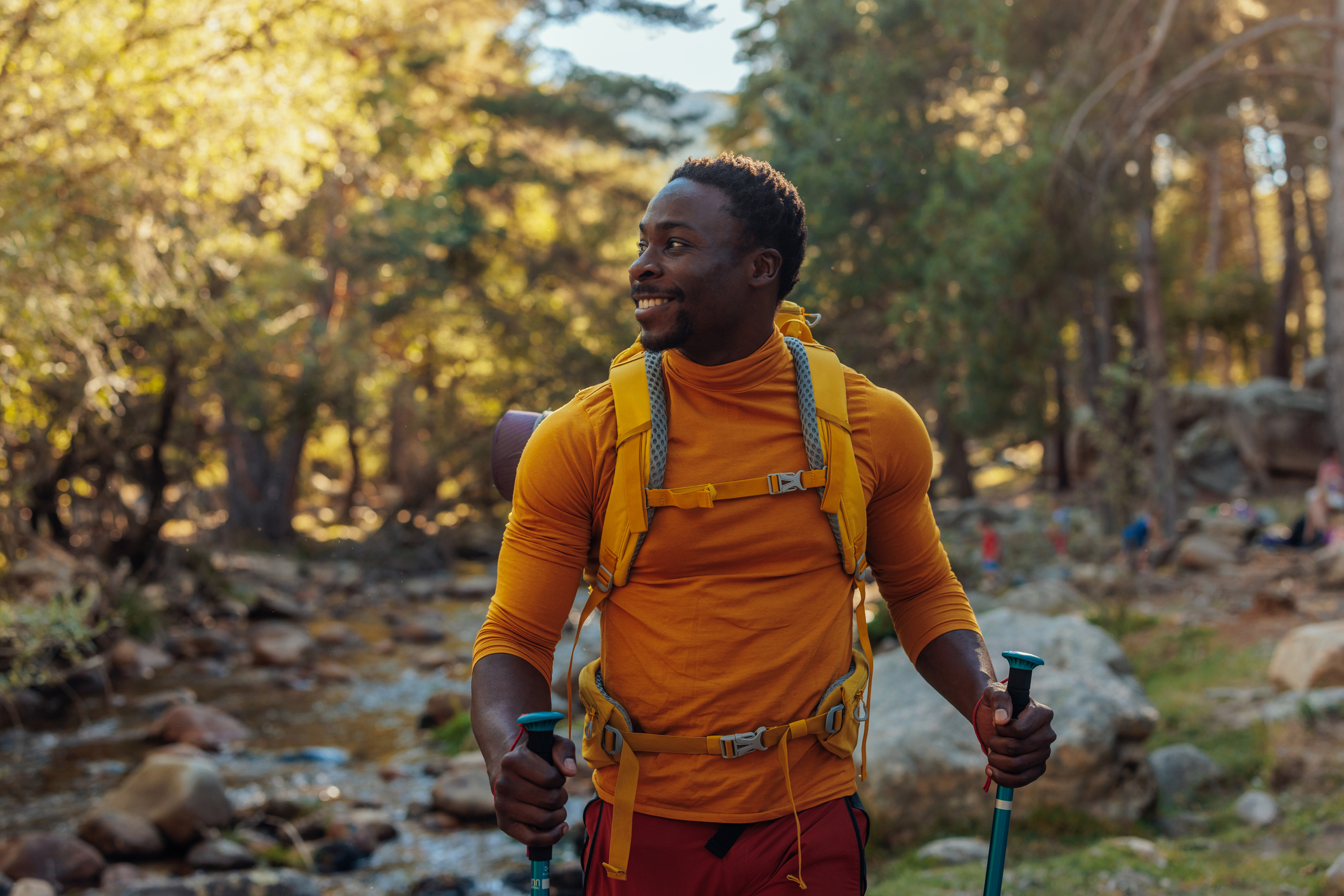
A hiker takes in the scenery next to a mountain stream in the forest.
It may be all sunshine and warm weather when you head out, but the weather can turn quick when you're in the backcountry, so bringing extra clothing is essential. Always bring a long-sleeve UPF shirt to protect you from the sun and a rain layer, regardless of the forecast. I like to bring an extra pair of socks, too, since that can be a hindering discomfort if you have a run-in with a river.
You want to either dress in layers to start or pack extra layers, as often a brisk early morning can break into a much-warmer day, so it's good to be able to remove or add a layer if needed. Your base layer should be a moisture-wicking material. Hiking pants should be breathable and easy to move in. Long sleeves help to ward off insect bites. During shoulder season or if you're hiking to high elevation, bring a warm layer in case the weather turns or you're caught out in a storm.
3. Reliable Hiking Boots
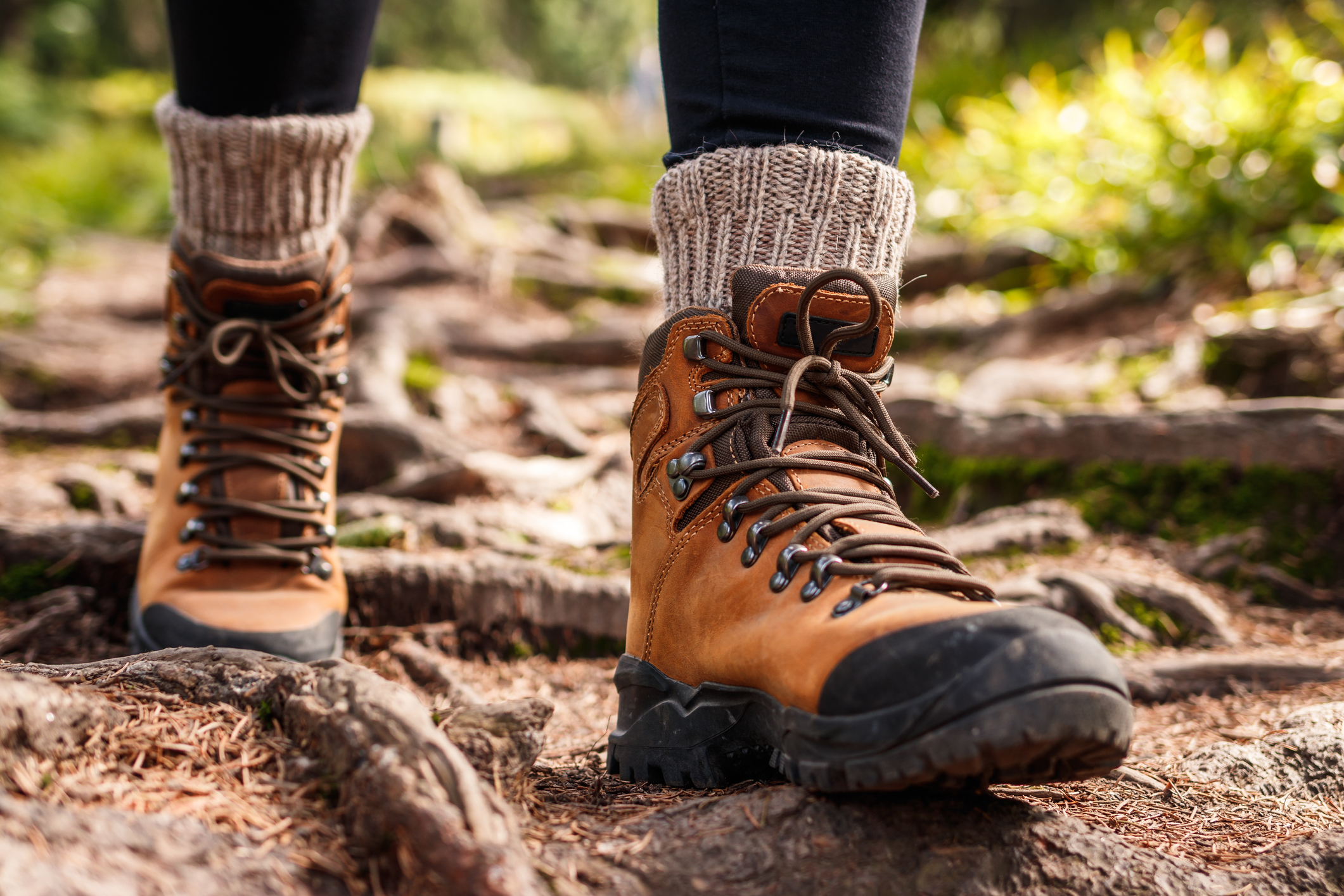
Zbynek Pospisil/Getty
Among the most important hiking gear is the right footwear. Keeping your feet comfortable is of the utmost importance, as both blisters and poor traction (like on running shoes) can ruin a day. If you can't walk, you can't hike, so choose a pair of hiking boots or hiking shoes appropriate for the trip.
And don't wait until the trip to break them in; wear them around and make sure they fit well before an excursion. Check for a snug (but not too tight) fit, check for traction, and check to see that the weight feels evenly distributed. All of this will make a difference in how they feel hiking in rough terrain.
4. Matches or a Fire Starter

TheCrimsonMonkey/Getty
Never hike without some sort of fire starter. It might seem as if matches could be left at home for a day hike, but that would be a mistake. No one who gets lost on a hike ever planned on it, and matches can be the difference between warmth, food, and a rescue signal—so yes, they are day hiking essentials.
Bring good-quality, stormproof matches, not the cheap, finicky kind. Decent kits can be found on Amazon.
5. Sun Protection
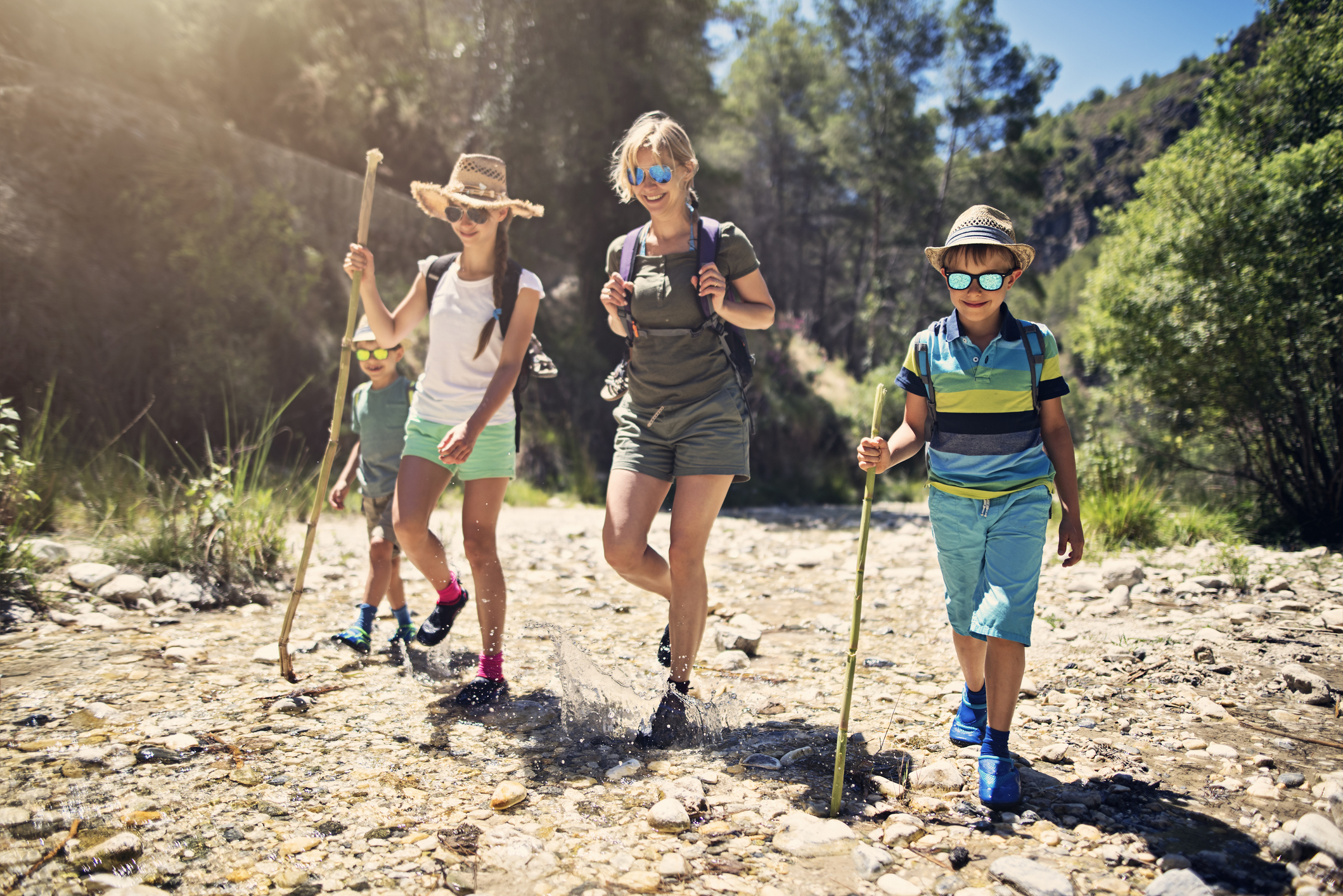
Imgorthand/Getty
Both a blessing and a curse, the sun provides us with much-needed vitamin D, but too much of a good thing can hurt us, too, in the form of sunburn, eye strain, and/or snow blindness in the short term. Sun protection comes in many forms: You'll want well-made sunglasses to protect your eyes, plenty of sunscreen to protect your skin (even for a short hike), and UPF clothing with long sleeves and pants to protect your limbs. I always bring a hat as well, even if I don't wear it, in case I feel my face starting to get sunburned at higher altitudes or if the hike is more exposed (read: no tree coverage) than I thought it would be.
6. Navigation Tools
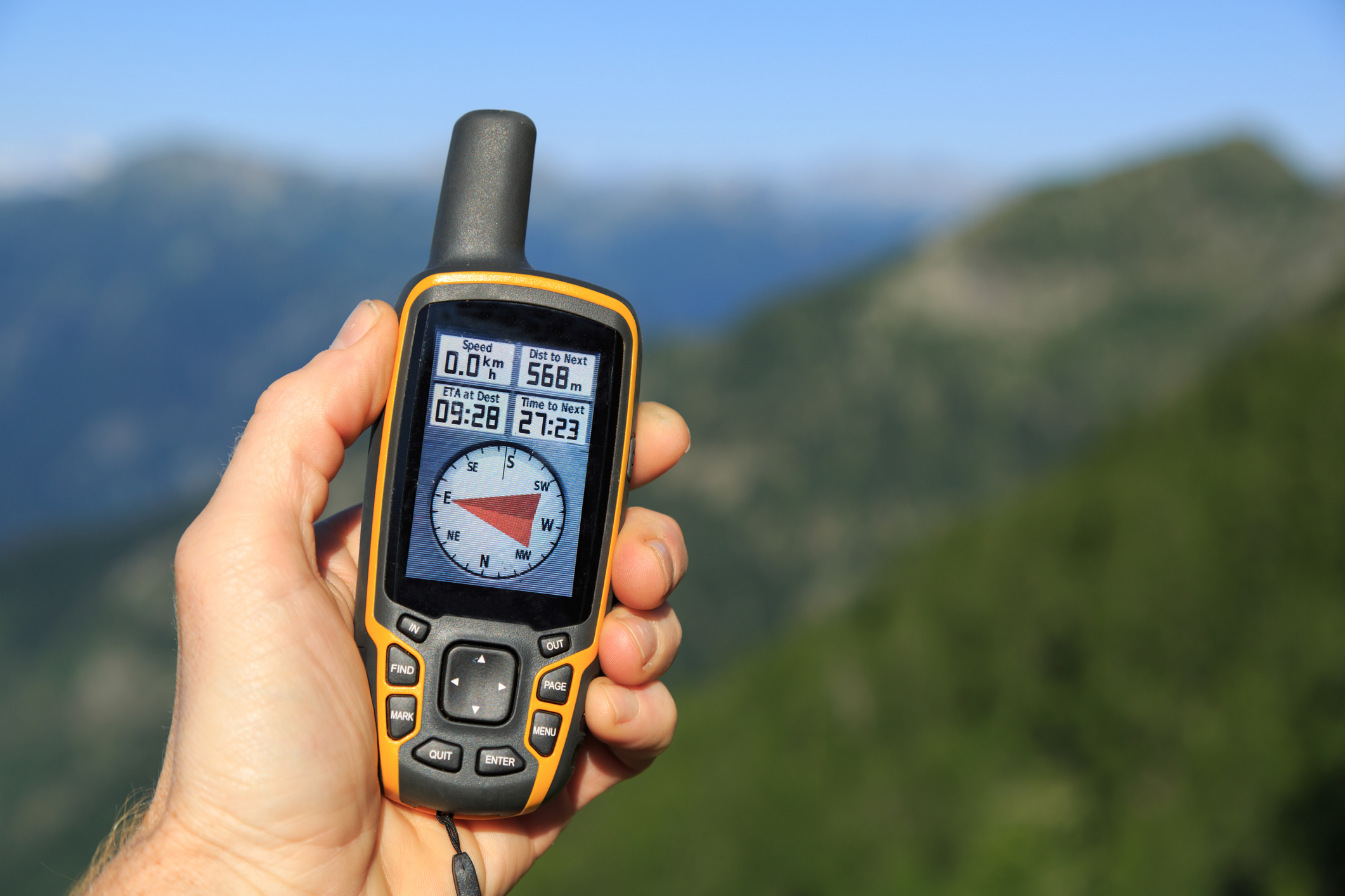
SanderStock/Getty
Never embark on a hiking trip without having a way to know where you're going. Nowadays, there is a large reliance on digital navigation tools, such as GPS devices or navigation apps. These are certainly helpful, but they are not foolproof; some rely on cell service, which can be spotty in many rugged wilderness areas, and all run on battery power, which is just plain risky.
At the very least, always download the map of your hike and the terrain around it onto your phone before you head out of service (apps like AllTrails have this feature). If this is your only navigation tool, bring a battery pack. But more importantly. consider learning the art of reading a map and compass. That way, even if technology fails (which it is prone to do), you can rely on good old-fashioned brain power to find your way.
7. First Aid Kit
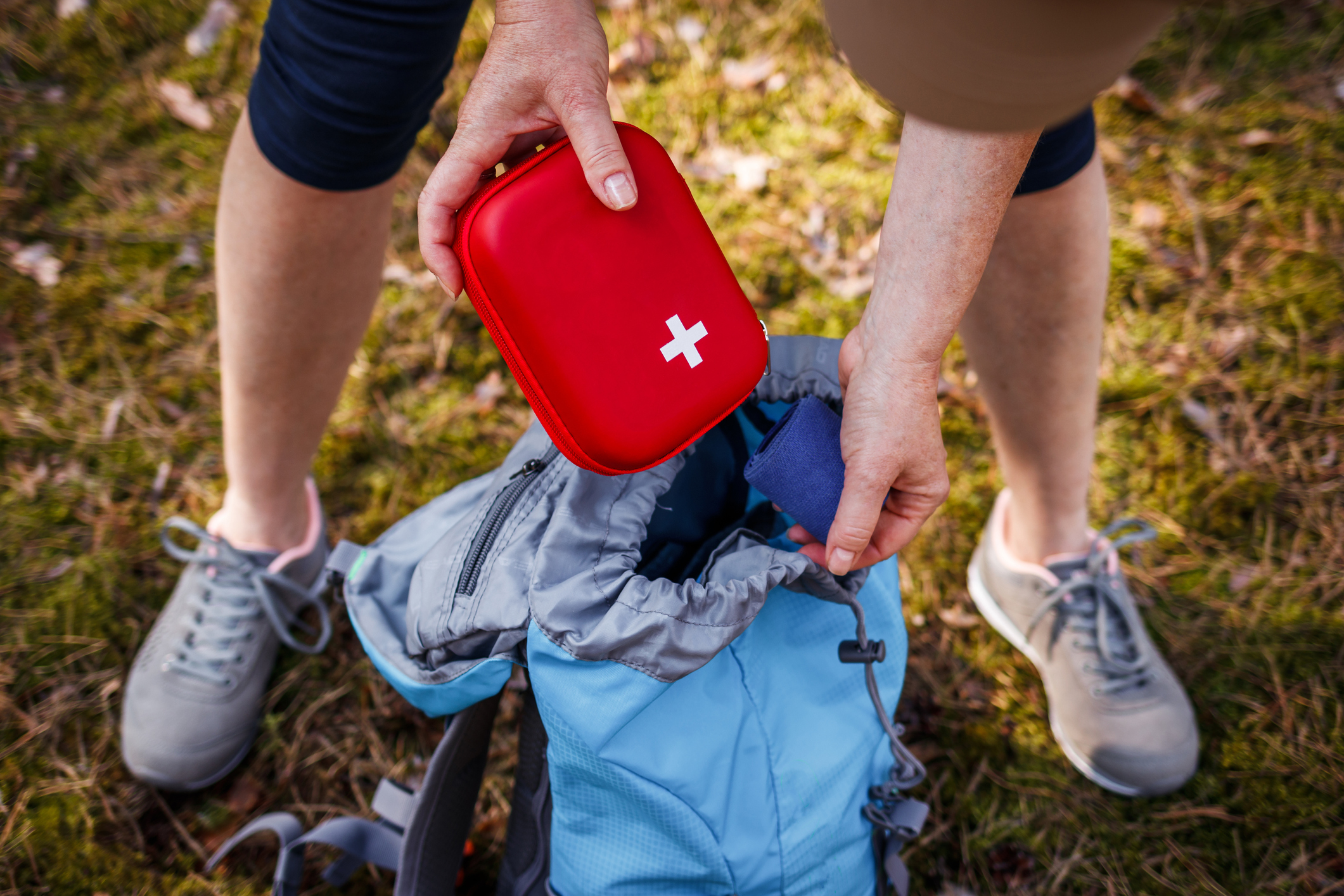
Zbynek Pospisil/Getty
A first aid kit should have a prominent place on your essentials list. No hiker plans to get hurt, but every responsible hiker has a plan in case they do. At the very least, you'll probably want a bandaid. At the worst, a simple trip could turn into an emergency situation.
So, never head out without a first aid kit. It can be a preassembled kit or one built at home. If your hiking first aid kit contains the basics, it's good to go.
8. Knife or Multi-Tool
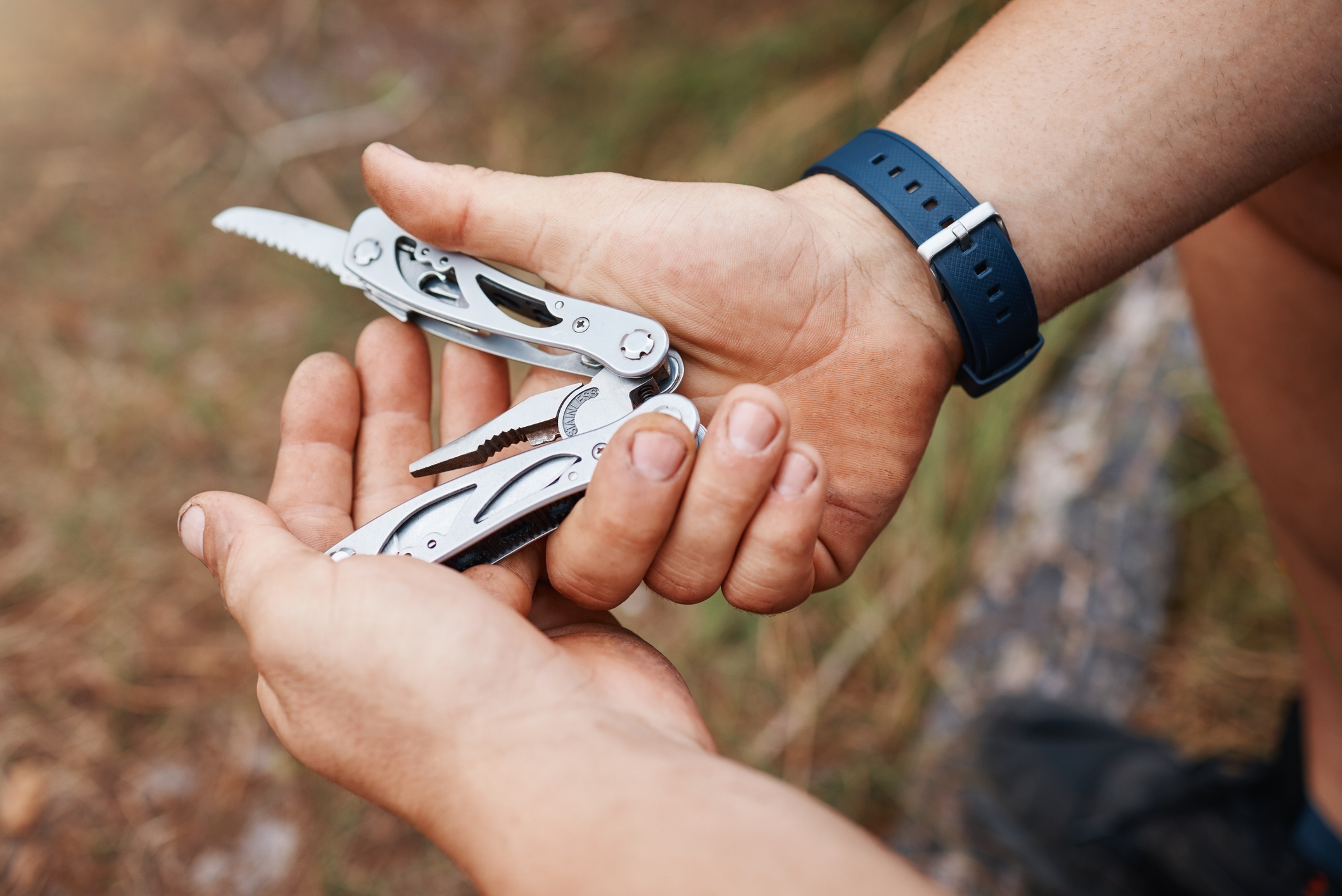
PeopleImages/Getty
A knife may seem unnecessary for a casual day hike, but in reality, a good-quality knife or multi-tool can fix plenty of little problems that might be encountered on a hike, from cutting a rope your dog got snagged on to cutting and fixing essential gear to being able to provide food in the event of an emergency. Those problems might be hard to anticipate, but you'll be glad for that gadget when they arise.
9. Headlamp
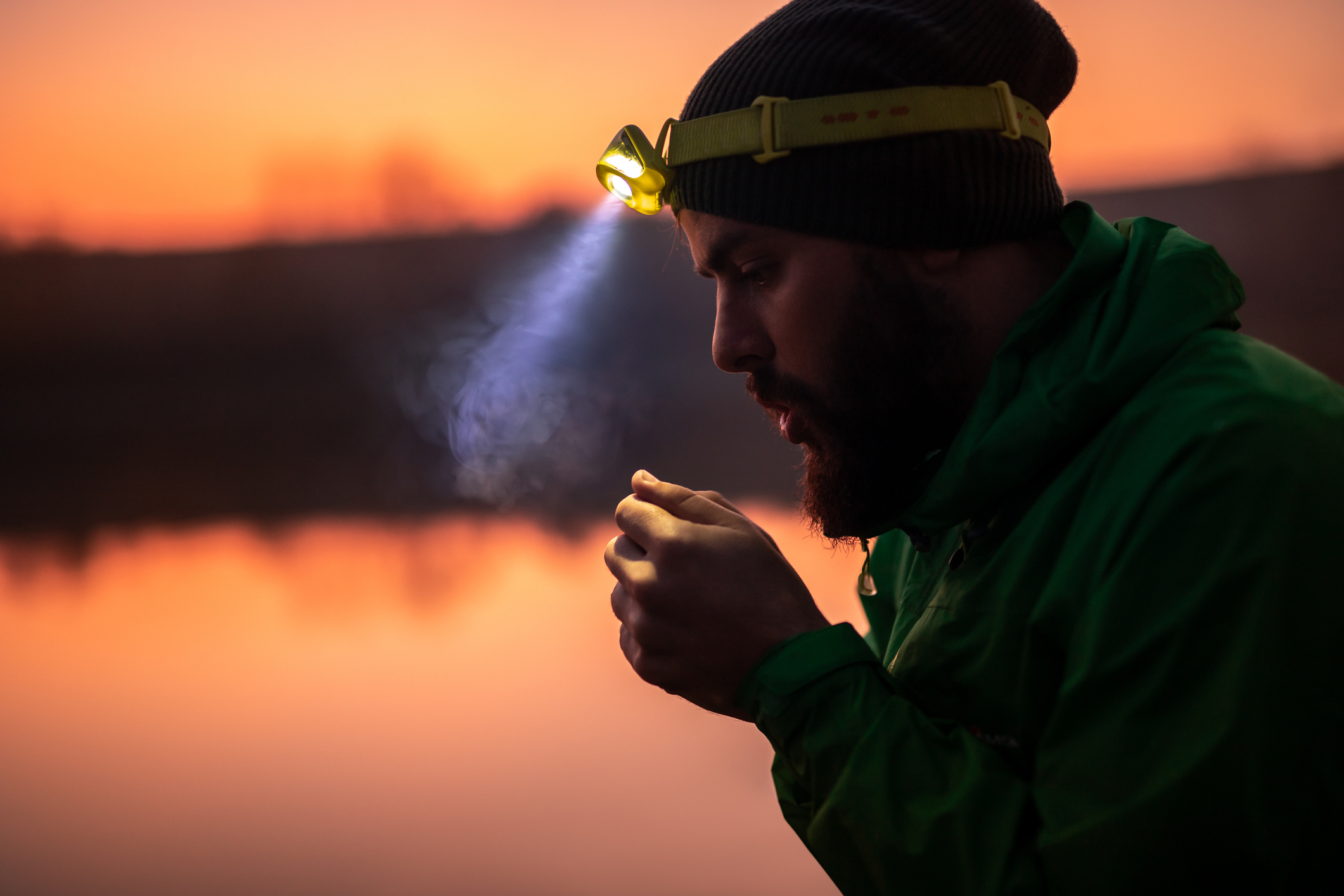
max kegfire/Getty
It seems silly to pack a headlamp when it's broad daylight and you're only headed out for a short hike, but I truly cannot tell you how many times a hike has taken longer than I expected, or I spent too much time at the summit, and was still on the trail at dusk when I wasn't intending to be.
A huge best practice for hiking essentials is to be prepared for the unexpected. Even if you are only planning a day hike, something could happen that will have you hiking out in the dark or spending the night. Bring a headlamp just in case. Don't rely on your phone to still have enough battery for you to use the flashlight. And considering bringing along extra batteries for the headlamp, as it's useless if it can't be turned on when needed.
10. Packable, Emergency Shelter
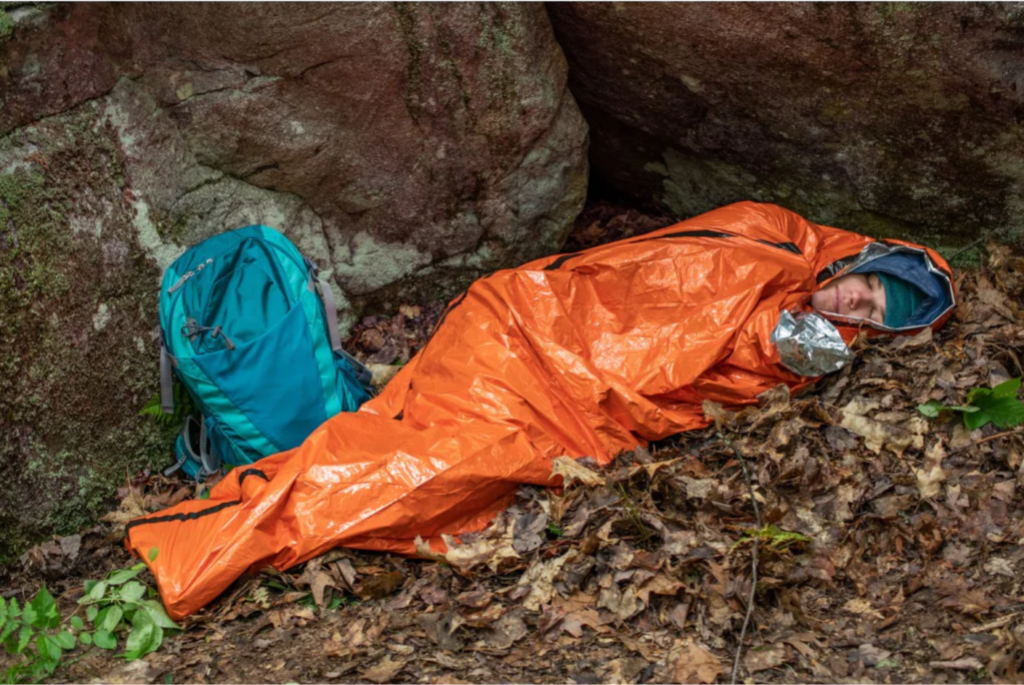
Wingman Survival
This is another hiking essential that's going to sound extreme, but the reality is if you get lost on a hike and have to camp for the night, having a lightweight emergency bivy in your bag for this one moment will make it worth it every time you carried it on a hike and didn't use it. These quick set-up emergency shelters—which are basically space blankets in the shape of a sleeping bag—are also cheap and the size of your palm, so they don't take up much space in your bag.
11. Emergency Identification
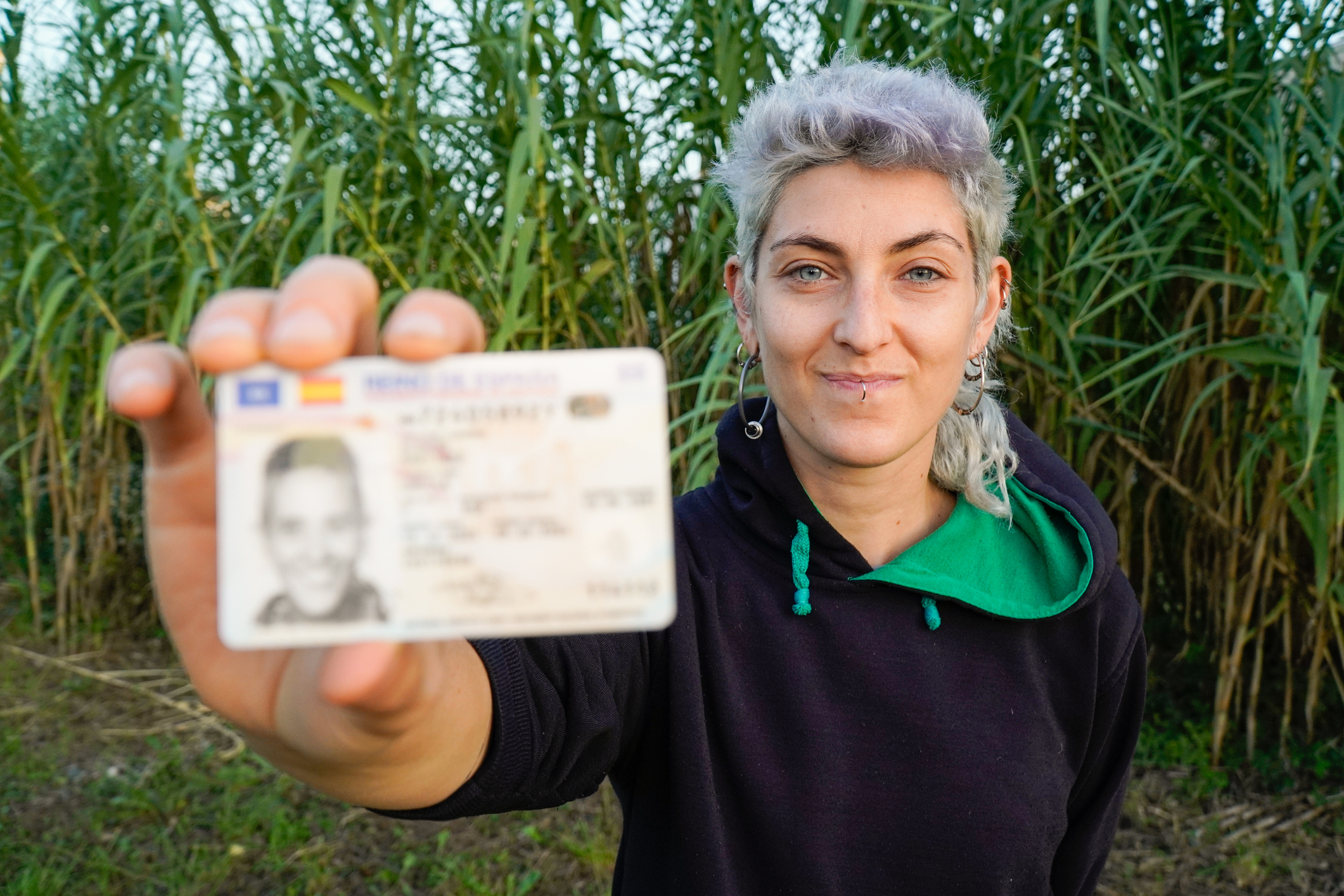
Sheila Alonso/Getty
Keep an identification card in your hiking pack. Include any important medical notes, such as allergies or disorders, that could alert first responders in case you need care. It might seem unnecessary, but if you get hurt and can't answer questions, having identification on you could save precious time.
13. Hiking backpack

peopleimages/Getty
All these items would be hard to carry without a good hiking backpack. Hiking packs are better than regular backpacks for time on the trail because they have well-designed padding and suspension to distribute the load of a pack in a way that's healthier for your joints as you hike up and down hills, on loose terrain.
Choose a hiking pack that fits your frame and purposes. It needs to fit well so that it doesn't bump around and create discomfort, while also being big enough to hold all of these essentials. Choose something with padded straps to save your shoulders.
In Some Places: Bear Spray
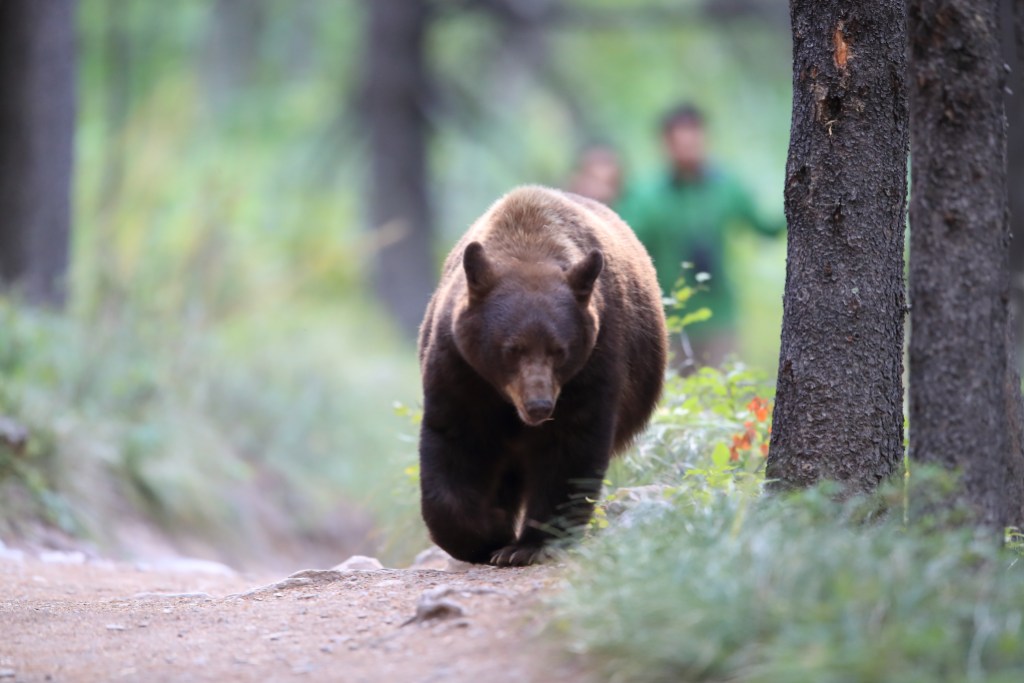
Getty Images, Frank Fichtmüller
Not everyone hikes in bear country—but if you do, this is 100% a hiking essential to bring with you. It's important to know how to deploy the bear spray before you have a run-in, but carrying this canister in an accessible place can be a successful deterrent if an agitated bear charges you or your dog.
